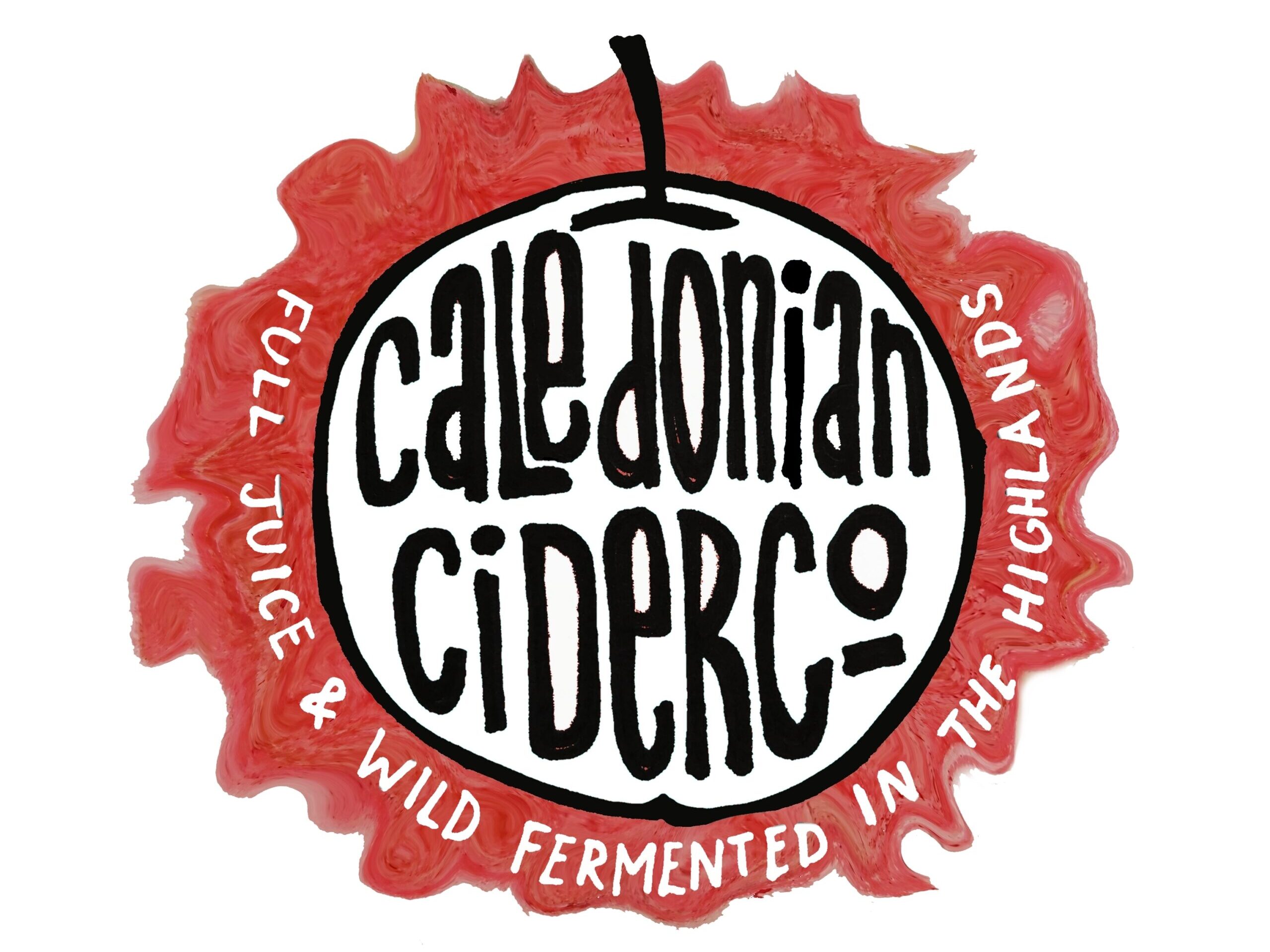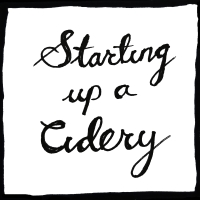There is an abundance of information available to the budding cidermaker these days. There are several courses, a good range of informative books and of course countless online articles on the subject of making cider.
So let’s assume you’ve done your research, made a bunch of cider and it’s come out tasting pretty good, what next?
Well, at some point you may wish to turn your cider hobby into something bigger, you might want to be the next Henry Weston (good luck to you) or maybe like me you just found yourself one year with more cider than you and your friends could sensibly get through and you thought of selling off the excess to your local pub. This is my attempt at explaining what you’d need to do in order to do that. There’s a 10 step checklist at the end if you’re in a hurry.
Firstly you might want to register your company with Companies House, this is pretty easy to do, only costs a few pounds and will give you a good opportunity to start referring to yourself as the MD of Such and Such Cider. Here is a link to the government site which has a simple step by step guide on registering your new business
So once you’ve got your business registered the next thing you’ll need to do is register with HMRC as a cidermaker, again this is pretty easy so long as you’re going to sell less than 7000 litres in a year (anything over this amount and you’ll be due to start paying duty on your cider and this brings with it a few extra complications which I’ll not be going into here). Once you get confirmation back from HMRC then you’ll be MD of an official cidery, which is awesome but there’s still a couple more things to attend to. Here is a link to the cidermaker registration form, HMRC are very helpful with this sort of thing so if you get stuck just give them a phone (it’s in their interests to get you going after all). The other thing you might want to sort out with HMRC is a letter of exemption from the AWRS (Alcohol Wholesale Retailers Scheme), this is used to stop drinks made by unlicensed producers from getting into the marketplace, but as a small cidermaker you’ll be exempt from registration although somewhat counter intuitively you’ll need to register so HMRC have a record that you don’t need to register…
Next you need to let your local council know that you are starting a food business. Now this can frequently be the trickiest bit for a lot of future ciderists. This is the bit where your premises will be visited by an environmental health officer (EHO). The EHO will usually try to help you get where you need to be to start running as safely as possible. There are always tales of EHOs making unrealistic demands but on the whole they will be supportive. Here is a link to registering your food premise.
Once you’ve registered with the council you’ll be visited by the EHO who will have a look at where you’re going to be making cider, storing equipment, washing your hands etc. Before they come, spend a bit of time writing out what you do, they don’t care about details such as yeast variety or anything like that, they’re primarily interested in safety so they’ll be wanting to see you’ve taken all the risks into consideration and put a plan in place to minimise them. This is where your HACCP (Hazards Analysis and Critical Control Points) plan comes in. The good news is that cider is considered a low risk food (unlike milk or chicken for example) so your HACCP plan can be nice and simple here’s a straightforward example.
| STEP NO | PROCESS STEP | FOOD SAFETY HAZARD & CAUSE | CONTROL MEASURE | CRITICAL LIMIT( Y/N) | MONITORING PROCEDURES | CORRECTIVE ACTION |
| 1 | Incoming Fruit | Contamination with orchard debris | Wash, and remove excessively rotten fruit | Is fruit of near edible quality? | Visual | Repeat washing / grading |
| 2 | Pre-Fermentation | Inadequate amount of sugar to generate sufficient alcohol to destroy pathogens | Ensure sufficient sugar to ferment to ABV > 3%. | ABV > 3% (i.e. original SG to exceed 1.030) | Hydrometer | Add sugar prior to fermentation if needed |
| 3 | Fermentation | Sufficient alcohol generated to destroy pathogens | Ensure fermentation progresses beyond 3% ABV | SG must drop by at least 30 degrees during course of fermentation | Hydrometer | Allow extra time if needed for fermentation to run to completion |
| 4 | Storage | Tanks inadequately sealed against external contamination | Ensure tanks are properly sealed or with airlocks | Presence of any physical contaminants | Visual | Rack in to clean vessel and treat with Sulphur |
| 5 | Packing | Presence of foreign material | Inspect. Wash and remove if necessary | Absence of foreign bodies | Visual | Repeat cleaning until satisfactory |
If you use sulphite then you should probably think about adding the legal limit of 200mg/l on as one of your CCP’s as it’s a recognised allergen. Also, If you don’t already have one it’s very likely that you will be asked to complete a basic food safety course, there’s lots of these online and they’re relatively quick, simple and inexpensive.
So assuming your EHO visit went well then that’s you very nearly there. The last couple of things to think about will be labels (here’s a link to the current government guidelines on label requirements) and trading standards. Trading standards again seem to have a reputation for bad news but actually they are generally very helpful and if you’re willing to try to work with them they’ll keep you right. It would be a good idea to buy a set of scales that will check that the volume you state on the label matches the contents and if you’ve not got the equipment to test alcohol levels then make sure your records are nice and tidy and you can demonstrate that you’ve calculated the ABV with a reasonable level of accuracy*.
*Here’s a simple formula that i use to predict ABV; (Starting SG – Final SG) x 127.5 = % abv. So as an example (1.060-1.004) x 127.5 = 7.1%abv. It’s fairly easy to put that into a simple spreadsheet which will probably be fine for the first year or two.
So as a recap here’s a list of the 10 things required to sell cider to retailers.
- Register the company Here
- Register as a cidermaker with HMRC Here, (you may also want to ask for a letter proving exemption from AWRS, it’s not essential but you’ll likely be asked for it by retailers)
- Register as a food premises with your local council Here
- Write an outline of your process (pick fruit, store fruit here then press fruit here etc.)
- Write a HACCP plan (or amend one to suit your process)
- Complete a food safety course (takes about 10 mins to complete online)
- Meet your EHO (listen to what they say and let them help you)
- Make sure your labels are legal here
- Ensure your records are fit for purpose and can be used to trace batches ideally from bottle to apple source
- Ensure that you’re selling what you say you’re selling by investing in some scales to weigh a representative proportion of your products.
So these steps should get you to the point where you can legally sell cider to your local pub, if you want to start selling to people direct then that’s a much, much more complicated thing and not one that I’ve got nearly enough experience in to be able to guide through you it in any respectable way.
Good luck future cidermakers!
Cheers,
Ryan.

